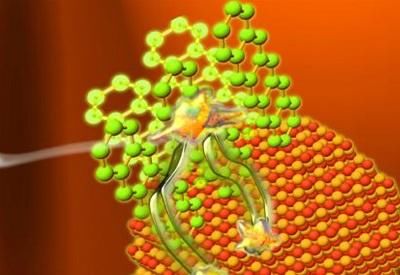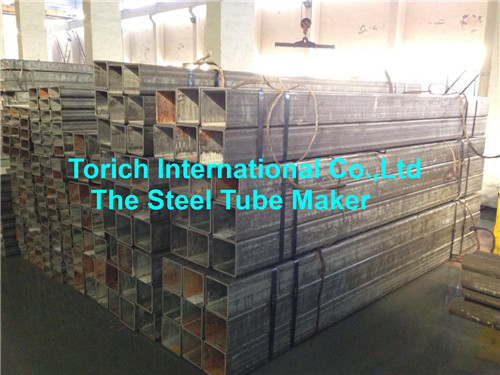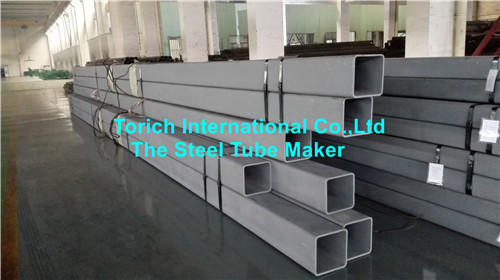Researchers at the Cavendish Laboratory at the University of Cambridge in the United Kingdom have recently developed a new hybrid solar cell that is said to increase energy efficiency by 95% or more. Researchers in the United Kingdom are currently working on this organic formulation that can be stacked on standard twin crystalline solar cells, hoping to further achieve the near-perfect energy efficiency target of 100%.

High-energy visible light is absorbed by a special organic paint, and the resulting triplet state is effectively absorbed by inorganic solar cells.
Today's twin solar cells theoretically achieve a maximum conversion efficiency of 33.7%; the rest of the incident light is depleted by the warmed-up battery. Gates Cambridge student goldwinner Maxim Tabachnyk, fellow researcher Akshay Rao, and other researchers at Cavendish Laboratories hope to develop an organic thin-film battery that can convert wasteful energy in a regular and electrical manner.

The hybrid PV cell approach developed by the Cavendish Laboratory is expected to significantly reduce such a huge solar energy harvesting site.
“Traditional silicon solar cells basically limit the energy conversion efficiency because many of the absorbed energy are high-energy light sources that are wasted due to overheating,†Tabachnyk said. “We were in traditional twins. Solar cells are coated with an organic coating, hoping to disperse high-energy input photons into two triplet excitons and convert their electrons into helium.
By using ultra-short laser pulses to convert to organic and stupid, researchers used laser spectroscopy to characterize ultra-fast processes in organic/inorganic interfaces, and then follow the energy conversion that occurs within 1 femtosecond, showing each high Energy photons do have the result of two electrons, rather than the average one electron per photon. This confirms that the highest-energy photons that are wasted in heat generation can also be used to convert to two exciton pairs, allowing the concept of non-organic solar cells to be converted into two electrons.
Cavendish Labs is also currently working on other applications besides solar cells. However, Tabachnyk's research team has taken over the plan to hope to find a new organic material that will perfectly meet the needs of traditional twin crystalline solar cells.
“Our goal is to develop this prototype of a hybrid solar cell that is more efficient than a conventional twin element,†he said. “Then the design is further optimized to increase its conversion efficiency and meet industry requirements. For example, it is easy to handle and more long-term, etc. At the same time, we are also working on applying this newly discovered energy conversion process to other technologies."(Compilation: Susan Hong)
Seamless Square Steel Tube, are produced by Square Mandrel and Die,
with cold drawing production method,the Square shape is produced.
The size range could be from:
OD 10X10mm to 300x300mm
WT 0.5 to 30mm
Length: max 12000mm according to customer PO.
Applications:
Bridge Building,
Constructure Building,
Railway Construction,


Surface Passivating and Paiting:


Seamless Square Steel Tube
Seamless Square Steel Tube,Stainless Steel Square Tube,Seamless Stainless Steel Square Pipe,Carbon Square Steel Pipe
Torich International Co.,Ltd--The Steel Tube Maker , http://www.chinasteeltubepipe.com